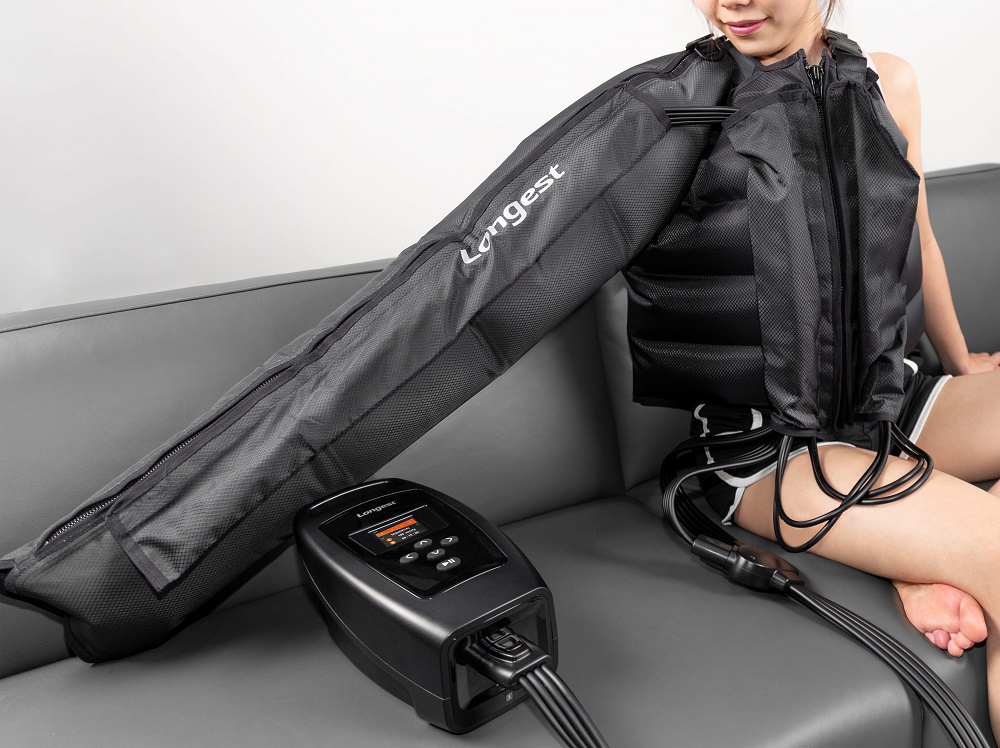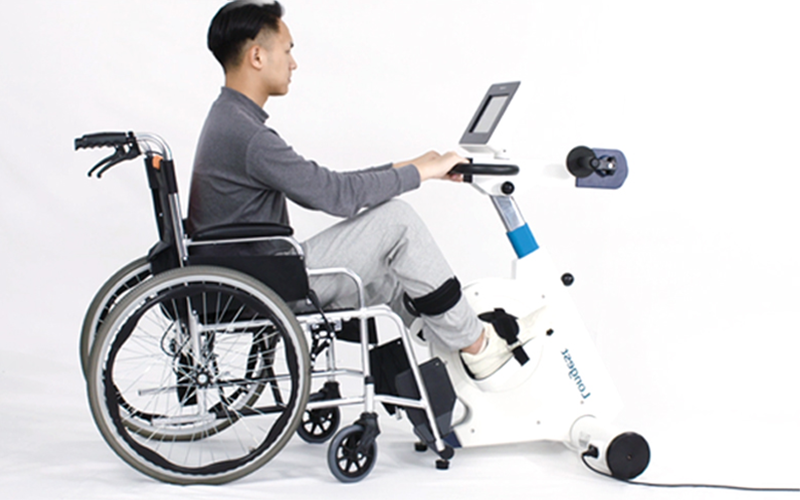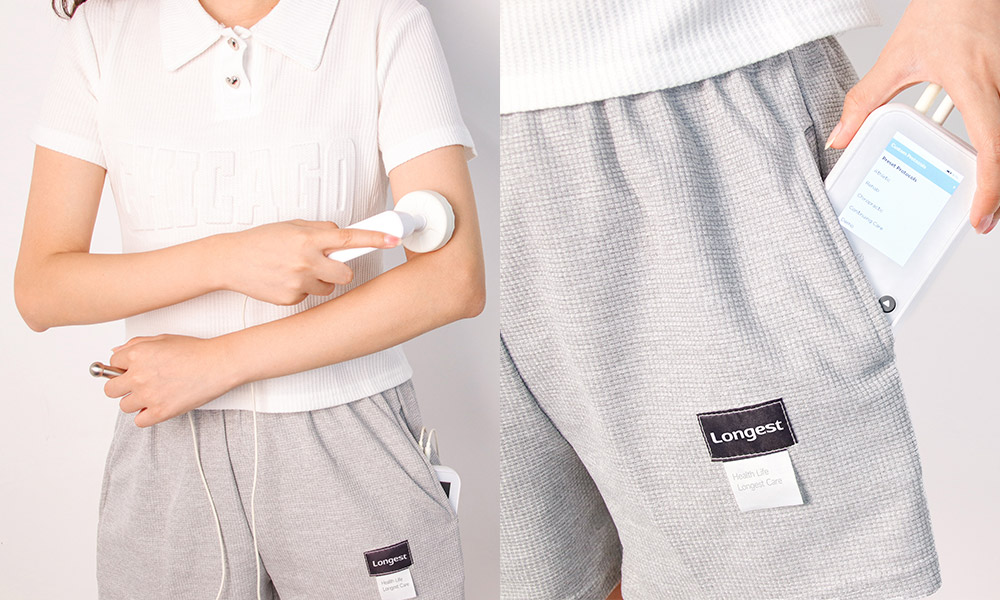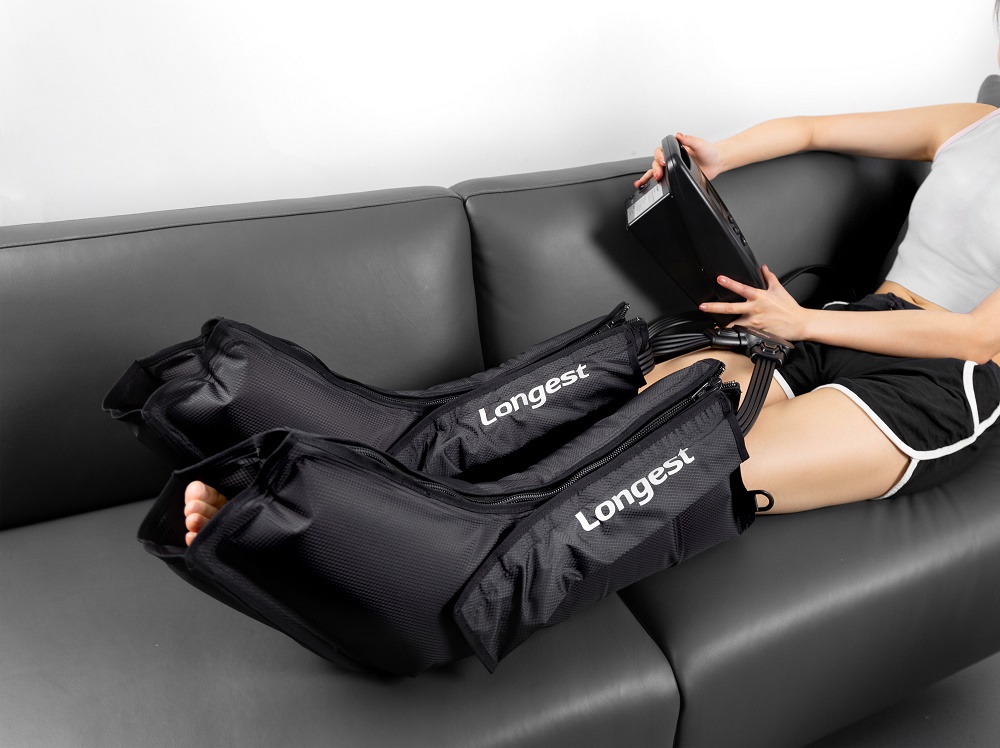Home Physiotherapy: Empowering Rehabilitation in the Comfort of Your Home
Home physiotherapy is an increasingly popular approach that brings the benefits of rehabilitation and recovery right to your doorstep. With advancements in technology, patient education, and personalized exercise programs, individuals can now actively participate in their own healing process without the need for constant clinic visits. Home physiotherapy offers convenience, independence, and the opportunity to complement in-clinic treatments effectively.
The Advantages of Home Physiotherapy
- Convenience: Home physiotherapy eliminates the need for frequent trips to a clinic, saving you time, transportation costs, and the hassle of scheduling appointments. It allows for flexible scheduling, accommodating your daily routine.
- Personalized Approach: Home physiotherapy enables a more focused and individualized treatment plan. Your physiotherapist can assess your living environment and tailor exercises to your specific needs, helping you maximize your recovery potential.
- Cost-Effective: In some cases, home physiotherapy can be a cost-effective alternative to in-clinic sessions, especially for long-term or chronic conditions. It reduces the need for ongoing clinic fees and enables you to use common household items or inexpensive equipment.
Home Physiotherapy Solutions for Your Recovery
Guangzhou Longest, as a leading manufacturer of physiotherapy and rehabilitation equipment, developed a variety of simple and easy-to-use physiotherapy devices allowing people to get high-quality care in the comfort of their home.
Exercise Programs
RehaMoto LGT-5100P is a stationary bike providing active-passive training programs for people with mobility problems or suffering from prolonged mobility to reduce symptoms, increase muscle flexibility and strength, and improve cardiovascular fitness. The bike provides 5 training modes:
- Active-passive mode: For patients with reduced muscle force to improve strength, endurance, and range of motion. The machine allows complete control of speed, resistance, number of rotations, and load levels.
- Assisted mode: It assists patients with little muscle force in completing the pedaling cycles, which helps boost motor activity and improve coordination.
- Isokinetic mode: In this mode, the patient exerts the force to complete the pedaling cycles, with constant speed but varying resistance levels (0-24).
- Symmetrical mode: The interface will show the training levels of the left and right limbs, enabling the correct adjustment to improve bilateral balance of muscle strength and enhance coordination.
- Fine motor training mode: It is used to assess patient cognition using hand-eye coordination on the basis of reaction time and accuracy.
Your physiotherapist can design customized exercise programs that you can perform at home to improve strength, flexibility, balance, and mobility. It is important to follow your physiotherapist’s instructions and recommendations for proper technique and progression.
Rehamoto LGT-5100P is designed with ease of use and safety in mind. You can easily perform the exercise at home. The emergency stop enables you to stop the training immediately when any discomfort occurs. Besides, the machine can be connected with a heart rate monitor for effective and safe exercise.
Self-Massage and Soft Tissue Mobilization
PowerOsci LGT-2360S is a handheld medical device that provides many therapeutic benefits. It delivers low-frequency electrical impulses to the tissues of the body to produce oscillations that penetrate through various layers of tissue, including the skin, muscles, and connective tissues. It can be used to control chronic pain, manage chronic lymphedema, release muscle tension, promote wound healing, and reduce scars.
The device is preprogrammed with many protocols and allows customization. Physiotherapists can set a protocol according to patients’ conditions so patients can continue the treatment by themselves at home.
LGT-2200SP is a home-use intermittent pneumatic compression (IPC) device designed for individuals to use at home for the treatment of various conditions, particularly for lymphedema and other circulatory issues in the extremities. The treatment is easy to perform. It involves the use of inflatable sleeves of cuffs that are wrapped around the affected limbs.
Consult with a doctor or physical therapist who can assess your condition and provide guidance on the appropriate settings and usage instructions before using.
Practical Tips for Implementing Home Physiotherapy
- Follow Instructions Carefully: Pay close attention to your physiotherapist’s instructions and guidance. Perform exercises as prescribed, and do not hesitate to ask questions if you need clarification.
- Stay Consistent: Consistency is key to achieving optimal results. Stick to your prescribed exercise program and follow the recommended frequency and duration. Make it a part of your daily routine.
- Communicate with Your Physiotherapist: Regularly communicate with your physiotherapist to provide updates, discuss any issues or concerns, and receive feedback on your progress. This ongoing connection ensures that your treatment plan remains effective.
Conclusion
Home physiotherapy opens up a world of possibilities for individuals seeking rehabilitation and recovery in the comfort of their own homes. With customized exercise programs, patient education, and advances in remote monitoring, it offers a convenient, personalized, and effective approach to managing various conditions. Embracing home physiotherapy empowers individuals to actively participate in their healing journey, promoting independence, and optimizing their overall well-being. Consult with a qualified physiotherapist to begin your home physiotherapy program and experience the benefits firsthand.






